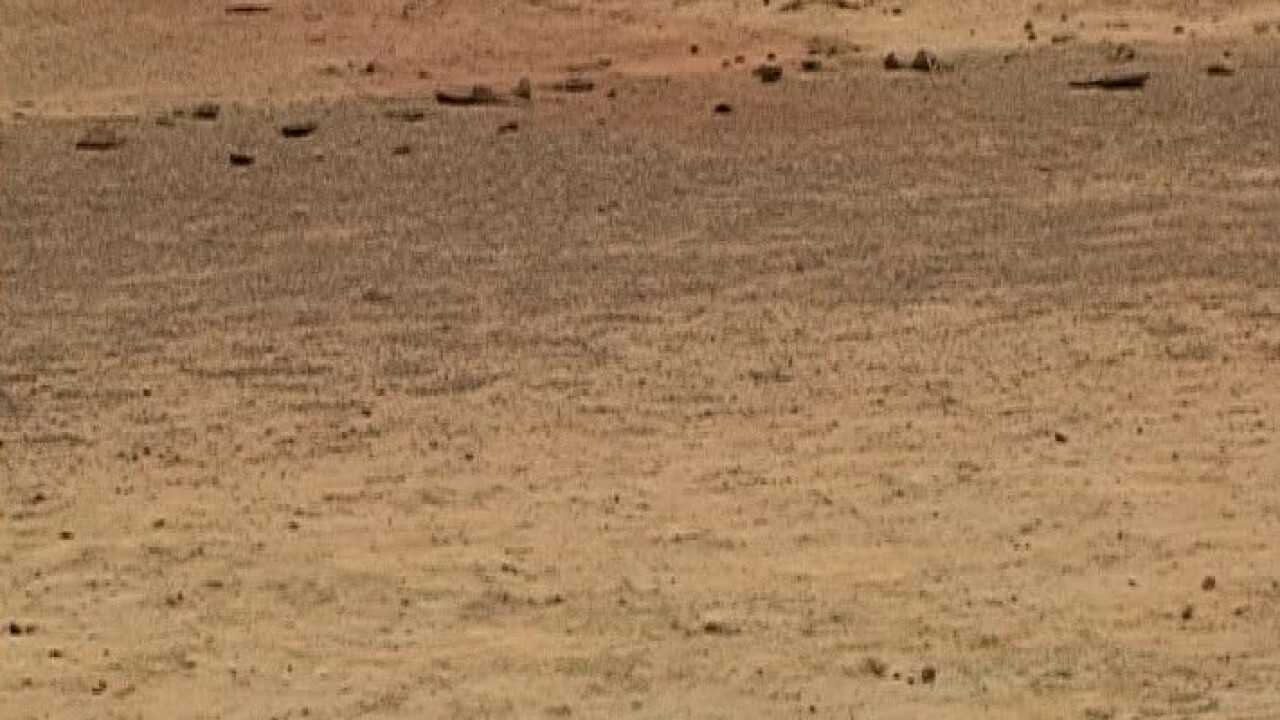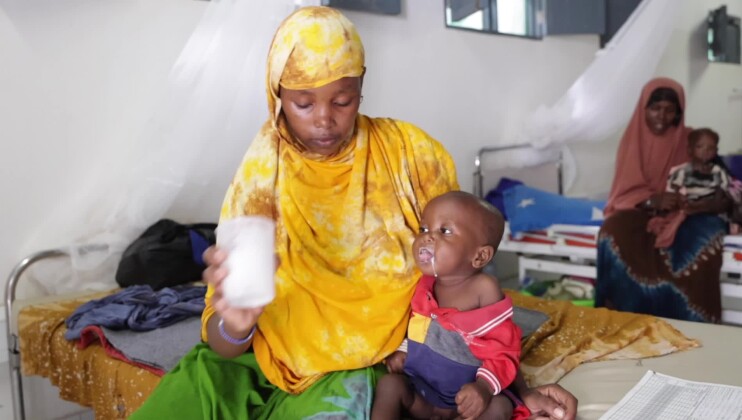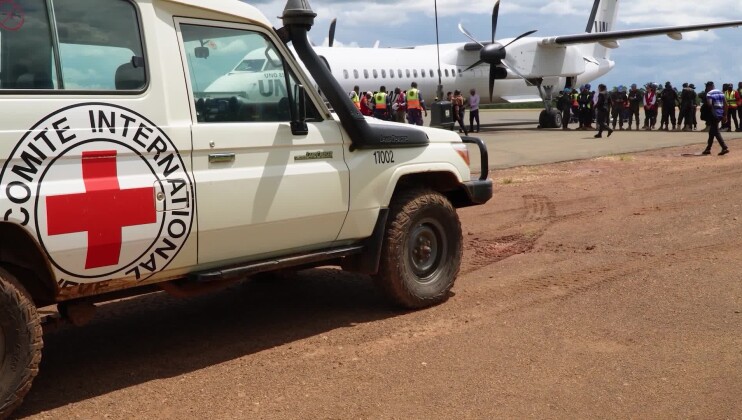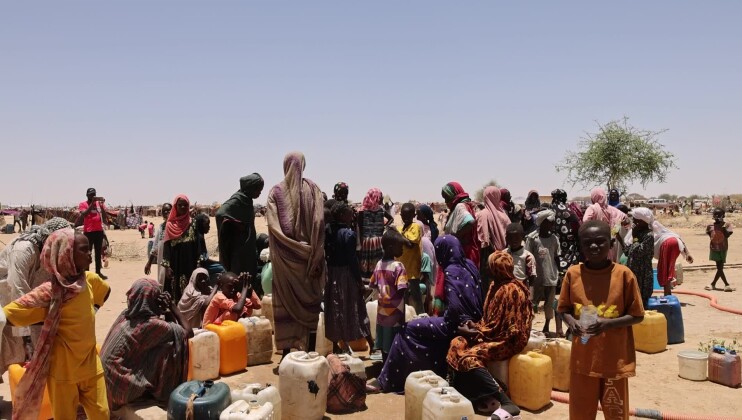Mali / Niger: Over 300,000 receive ICRC aid during food crisis

This is a modal window.
Though the July rains this year held the promise of a more or less normal harvest in Mali and Niger, for many years both countries have been hit by repeated droughts. The lack of heavy rain from September 2009 to July this year is one of the main causes of the serious food crisis in the region. Grazing land is dwindling and herders are having to cover ever greater distances with their animals to find green land. But this land often belongs to farmers, who are themselves increasingly struggling to find cultivable land. Scarcer resources exacerbate intercommunal tension, and conflict is particularly violent in the dry season.
In this part of the Sahel region, almost 80 per cent of the population lives from stockbreeding and agriculture. With the lack of food and water, cattle die and their owners have no money left to buy basic necessities and grain. Sick animals stop producing milk and they fetch a pathetically low price on the market, since their meat is often not edible. Market gardeners are just as affected by drought as they are by the sudden and devastating floods: their crops are destroyed and farming equipment is swept away by the water. According to Unicef (June 2010), the level of general acute malnutrition in Niger has reached 16.7 per cent among children under the age of five - well above the emergency threshold of 15 per cent and the 2009 estimate of 12.3 per cent.
Since April this year, the ICRC has been working hard to mitigate the effects of the food crisis in the worst-hit parts of the two countries. In Niger, this includes the mountainous Aïr region, to the north of Agadez, and the Ouallam and Fillingué departments of the Tillabéri region in the northwest. In Mali, it is the Ansongo and Menaka areas, in the region around Gao, and the Kidal and Timbuktu regions. ICRC employees have paid good prices to purchase more than 36,000 heads of cattle, weak but still healthy, from local stockbreeders. The money the stockbreeders receive enables them to buy grain and other basic necessities. The cattle are slaughtered for their meat. If edible, it is distributed among vulnerable groups such as street children and detainees. The stockbreeders themselves get some of it too. In a parallel aid operation, nearly 200,000 people received food to tide them over until their next harvest, or to feed their remaining animals.
First tried by the ICRC in Somalia in 2006, this cattle-purchasing initiative has helped keep the food crisis under control in Mali and Niger, while at the same time reviving the local economy. However, with creeping desertification and a lack of infrastructure in this violence-prone environment, the future looks bleak. Fortunately, the fighting between Tuareg rebels and the government security forces in Niger has stopped. This has made it easier for people to get back to the work they had always done. But the people here have been through a lot and must often start from scratch with very little.
Georgios Georgantas, who is responsible for ICRC operations in Mali and Niger, explained that people there had long lived in an environment featuring armed violence, banditry and all kinds of trafficking. "Of course, we're talking about a region that is under-developed, so there is also a lack of infrastructure. On top of that, there's a drought, which is really putting the lives of these people at risk." In the UNDP's 2009 human development index, Mali was ranked 178th and Niger, in last place, at 182nd.
Summary of ICRC operations in Mali and Niger since April 2010
The ICRC has just finished an operation in northern Mali in which it purchased cattle locally and distributed the meat. The same operation had been conducted in June in the Aïr region of Niger.In the same region, many thousands of farmers have, since May, been benefiting from distributions of both food-producing and dryland seeds.In all, almost 300,000 farmers and stockbreeders - affected by the combined consequences of violence and drought in northern and western Niger and northern Mali - have benefited from the ICRC's various aid operations, including food distributions, over the last four months.
- Food rations were distributed to nearly 200,000 people to cover their needs for one to four months.
- Seed was distributed to nearly 65,000 people.
- Over 36,000 animals were purchased from their owners at favourable prices, then slaughtered and their meat distributed.
- More than 60,000 animals received veterinary care.
- In all, 625 tonnes of animal feed were distributed.
Further information about the people interviewed
Mannouga Dicko (Mali)
Mannouga Dicko is a nomadic herder from the Peul tribe, who lost some of his cattle to a year-long drought. He happened to hear about the ICRC's cattle-purchasing operation. Mannouga left his camp with his herd and made his way to Gossi market, where he sold some of his animals on to ICRC employees. He was then able to buy food to take home for both his family and cattle.
Shigidane Bilal (Niger)
Chief of the village of Bodari, 135 kilometres from Agades, this 60-year-old stockbreeder lost around 100 cows owing to the shortage of water and fodder. He also lost his garden, swept away by a flood in September 2009. We see him getting a food ration that will keep him and his family going for a month. Contrary to the majority of men in his village, who fled the violence-prone area, Shigidane stayed put during the insurrection. He says that the fact that the men have come back is a good sign but that he fears the theft of his cattle, which is very common in the region, and the presence of mines on the main roads.
SHOTLIST ATTACHED



